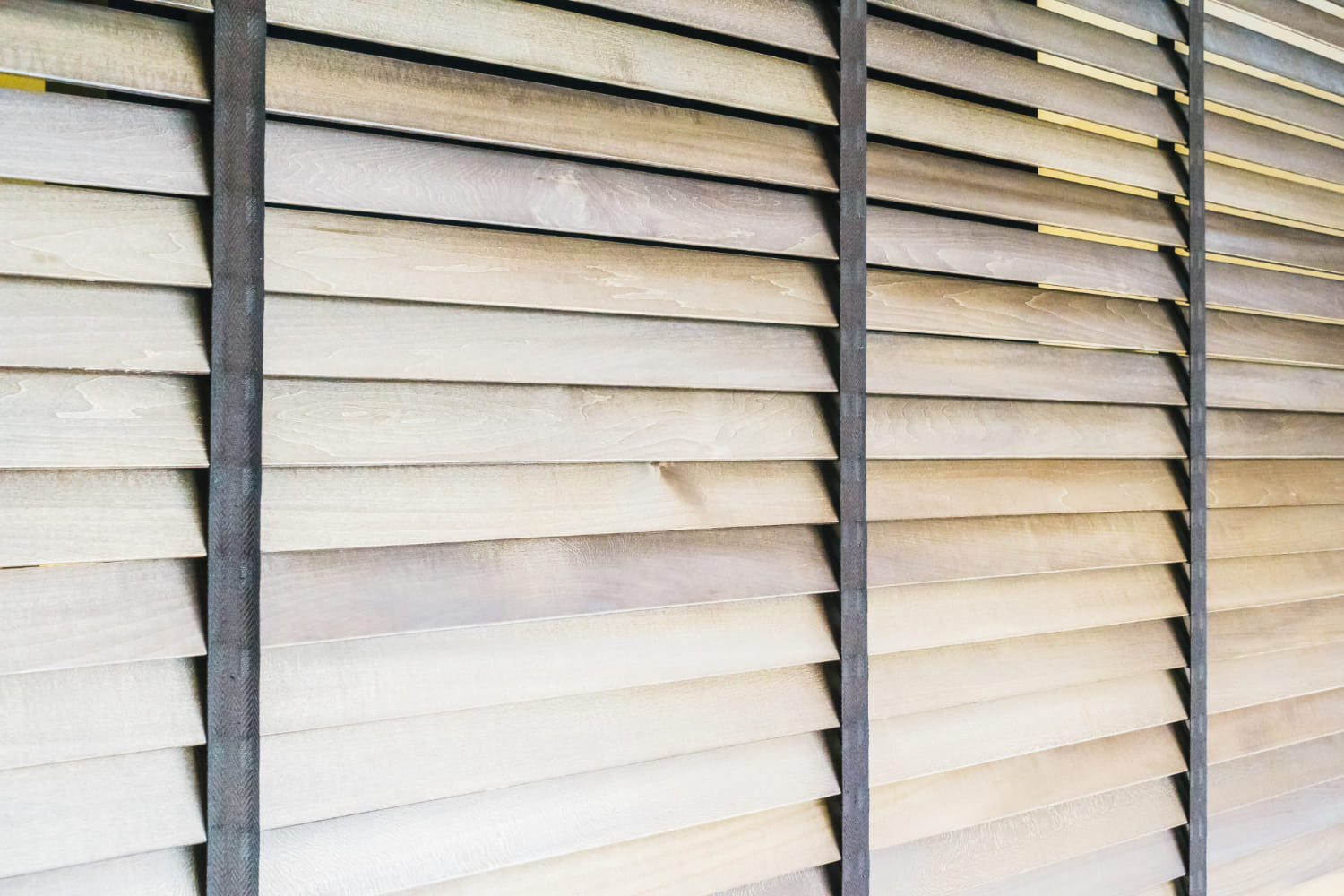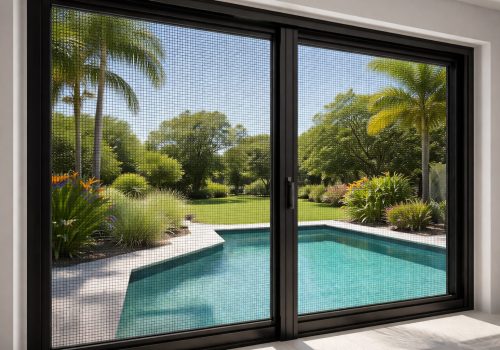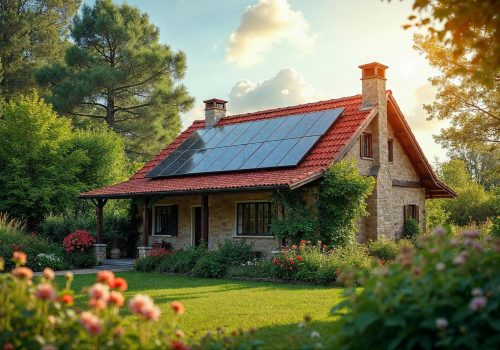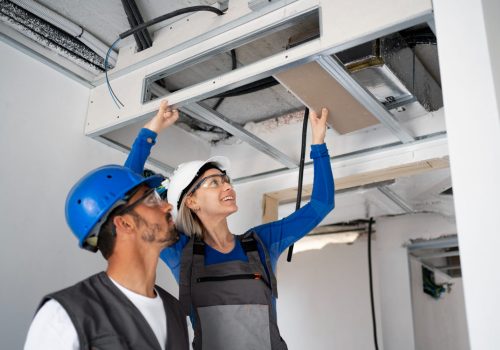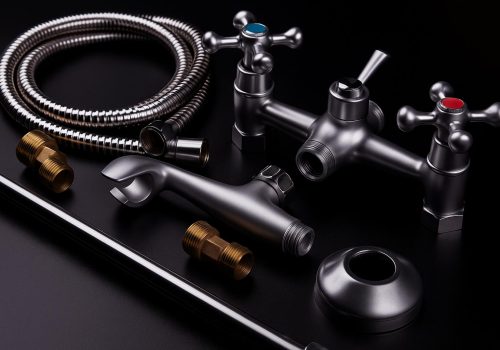The Usability of PVC Shutters in Different Climates
PVC shutters cop criticism from timber purists, but their performance in extreme climates reveals why they’ve taken over certain markets. Material snobbery aside, PVC handles conditions that destroy timber and costs less than pretending wood shutters will survive everywhere.
Tropical Humidity Destroys Timber
Timber shutters in far north Queensland, Darwin, or the coastal tropics fight losing battles against moisture. Wood swells, warps, develops mould, and requires constant maintenance. PVC doesn’t absorb moisture—humidity sits at 90% year-round, and the shutters remain dimensionally stable. No expansion, no contraction, no twisted louvres that won’t close properly. For wet season climates, PVC isn’t a compromise; it’s the only practical choice.
Coastal Salt Air Attacks Everything
Beachfront properties corrode metal components in timber shutters within months. Hinges rust, mechanisms seize, and timber absorbs salt moisture, accelerating decay. PVC components resist corrosion completely. PVC shutters in Brisbane beachside suburbs last decades, whereas timber alternatives need replacement or extensive refurbishment within five years.
Desert Heat and UV Exposure
Inland Australia’s extreme temperatures—45-degree days followed by near-freezing nights—cause timber to crack and split. UV degradation fades and damages the wood grain. Quality PVC formulated for Australian conditions includes UV stabilisers that prevent brittleness and colour shift. Shutters in Alice Springs, Broken Hill, or outback towns cope with temperature extremes that timber can’t handle without extensive maintenance.
Bushfire-Prone Areas Need Specific Ratings
Timber shutters in bushfire zones require expensive treatments and certifications. PVC formulations designed for fire resistance offer similar protection at a lower cost with less maintenance. They won’t save your house in direct flame contact, but they meet building requirements for ember protection and radiant heat resistance in bushfire attack level zones.
Wet Areas Inside Homes
Bathrooms, laundries, and kitchens generate moisture and temperature fluctuations that warp timber shutters. PVC handles direct water exposure, steam, and cleaning chemicals without damage. You can install them in shower recesses, above laundry tubs, or near stovetops where timber would deteriorate rapidly. This expands on where shutters work functionally, not just aesthetically.
Cold Climate Performance
Southern highlands, Tasmania, and alpine areas see timber shutters contract in cold, creating gaps and operational issues. PVC maintains consistent performance across temperature ranges. Condensation that causes timber to rot simply runs off PVC without absorption. Heating systems that dry air and stress timber don’t affect PVC dimensions.
Rental Properties and Budget Builds
Landlords need window treatments that survive tenant use without expensive maintenance. PVC shutters handle neglect, rough treatment, and minimal cleaning better than timber. They’re not premium, but they’re practical for investment properties where aesthetics matter less than durability and replacement costs.
PVC shutters in Brisbane coastal suburbs make practical sense. The same shutters in a heritage Paddington Queenslander look wrong. Climate usability doesn’t override design context, but it should heavily influence material choice.

